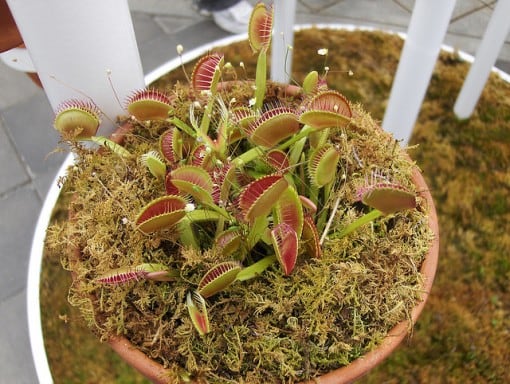Endangered plant species can be found all over the world. But no matter where they are located, they all share one common factor that is thought to have put them on the endangered list: none of these plants, flowers, or trees is thought to have any commodity valuable to the human race.
Hence, although they existed in the early era, their lack of usefulness has not encouraged efforts to promote conservation. And in many areas, the effects of climate change, deforestation and land development have also played a role in the demise of these species.
The Endangered Species Act(ESA) was enacted by congress and is one of the dozens of United States environmental laws passed in 1973.
Top 15 Endangered Plant Species
We have lots of endangered plant species among which:
1. Baobab Tree
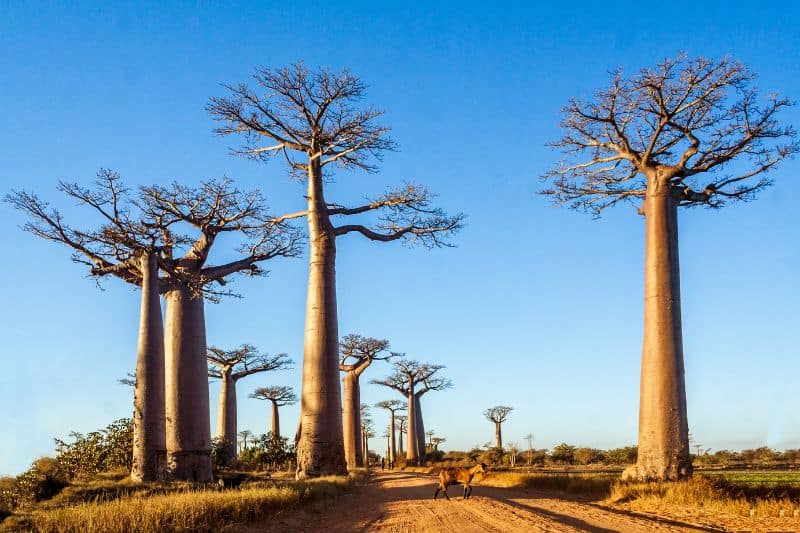
This tree is an unusual life-giving tree. While it may only sprout leaves for 3 months of the year, it stores water in its broad and twisted trunk.
The peoples of Madagascar, Africa and India would often build their homes around its roots to survive the dry seasons. Climate change, and over development have, however, destroyed its natural habitat.
2. Monkey Puzzle Tree
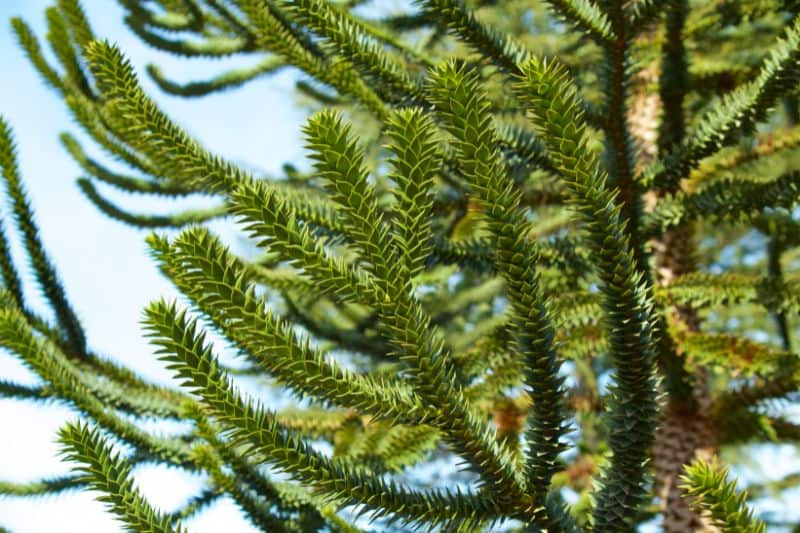
Native to Chile, it seems counterintuitive for this national tree to be on the endangered list, but regrettably, urbanization and degradation of its habitat have negatively impacted its untamed proliferation.
Moreover, it was frequently uprooted for ornamental use in yards. Thankfully, its successful cultivation in conservation efforts offers some hope, yet it isn’t classified as a critically endangered plant.
3. Dragon Tree
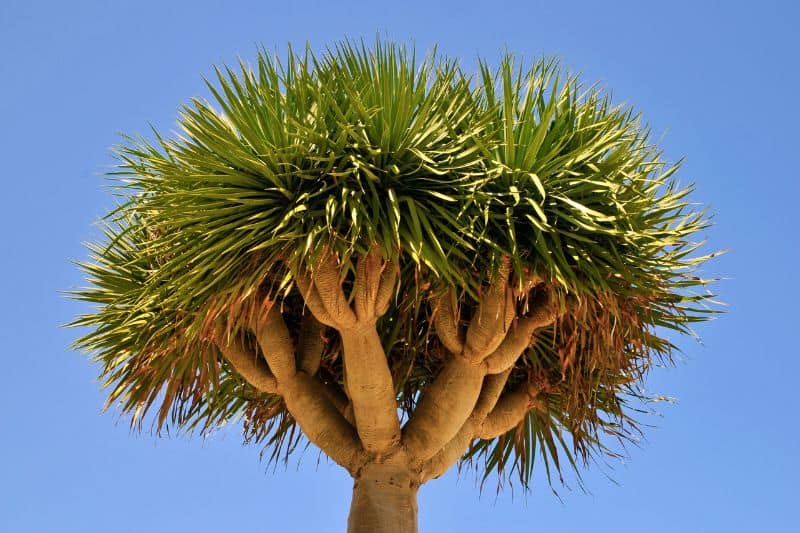
These are the large and striking trees that often shape the people’s perception of the African savanna. The trees can grow for thousands of years.
And apparently considering the number of years they can live, Dragon Trees are no match for severe drought, climate change and development. But despite of all their resilience through adversity, they’re steadily disappearing from the continent.
4. Bois Dentelle
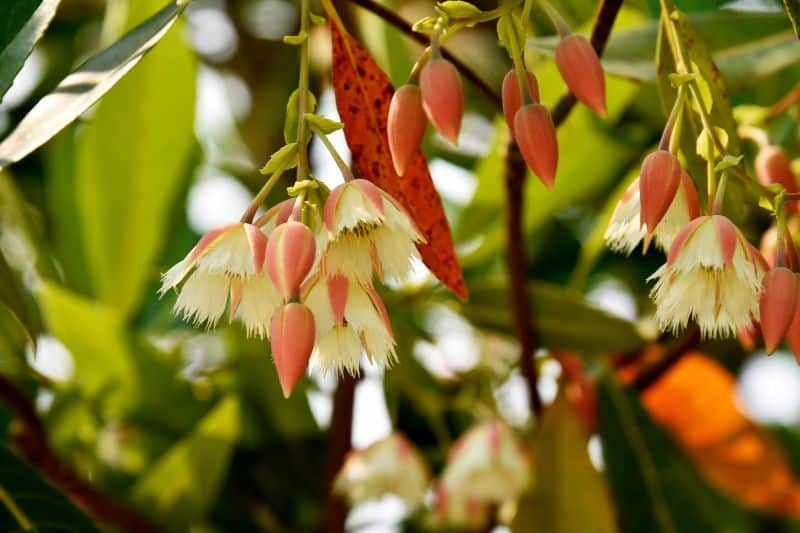
Few people are aware of the existence of this delicate plant with the hanging white blossoms. It has never been highly valued as a commodity, and outside of Mauritius, it is rarely spoken of.
The cloud forest where it grows has been invaded by many species of plants that are crowding out this small flower. The Bois Dentelle is one part of what makes the natural world beautiful that is steadily being crowded out.
5. Cork
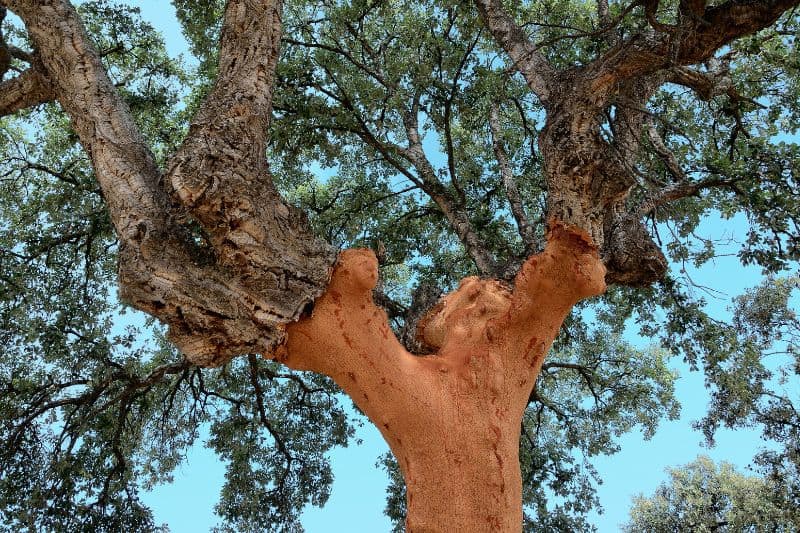
This oak tree type is the tree where wine corks, and other items made from cork materials come from. While many environmentalists believed that advocating for alternative wine-stoppers would save cork, the reduced demand for the tree bark has instead begun to cause its demise.
With no demand for the bark as a commodity, there is no interest in preserving its habitat or the tree itself.
6. Underground Australian Orchid
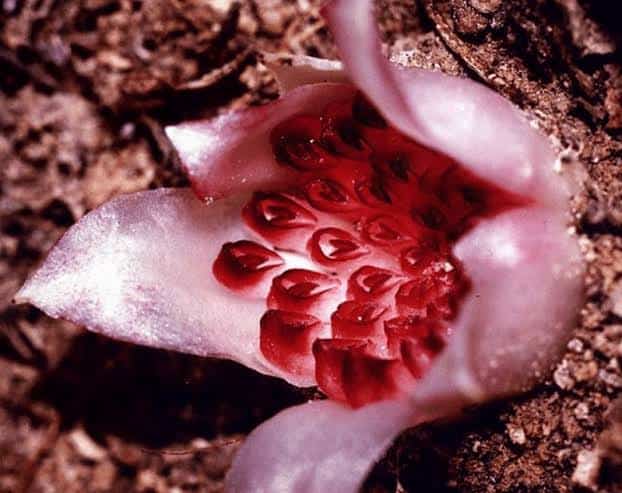
This orchid gets its name from the obvious growth of the flower underground, it is more a low ground covering than directly in the ground. Over development and a drought, plus pollution, have put this delicate blossom on the endangered list.
7. Venus Fly Trap
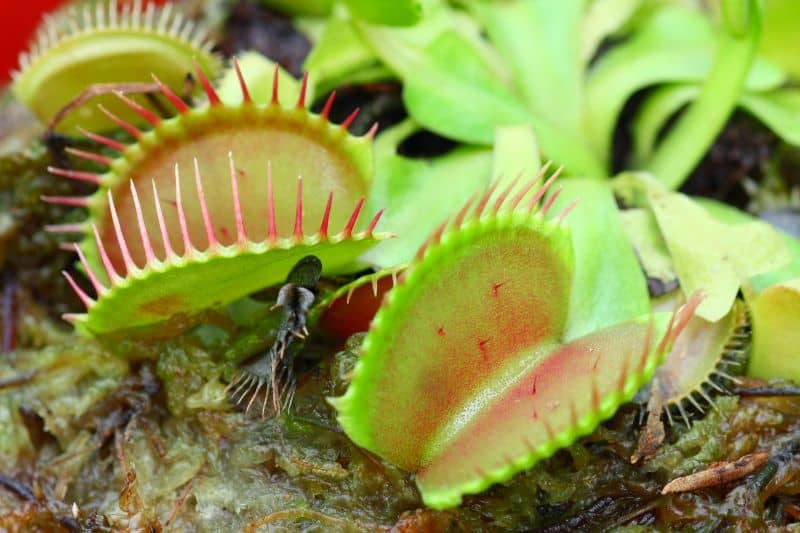
This was once a favorite plant of many kids. However, it is steadily disappearing from its natural, tropical habitat due to deforestation. It is a carnivorous plant and plays an important role in controlling insects to promote the healthy growth of surrounding vegetation.
However, since it has no value as a commodity, and remains more of a novelty than a sought-after commodity, there is little effort to save it, contributing to it’s declining population.
8. Baseball Plant
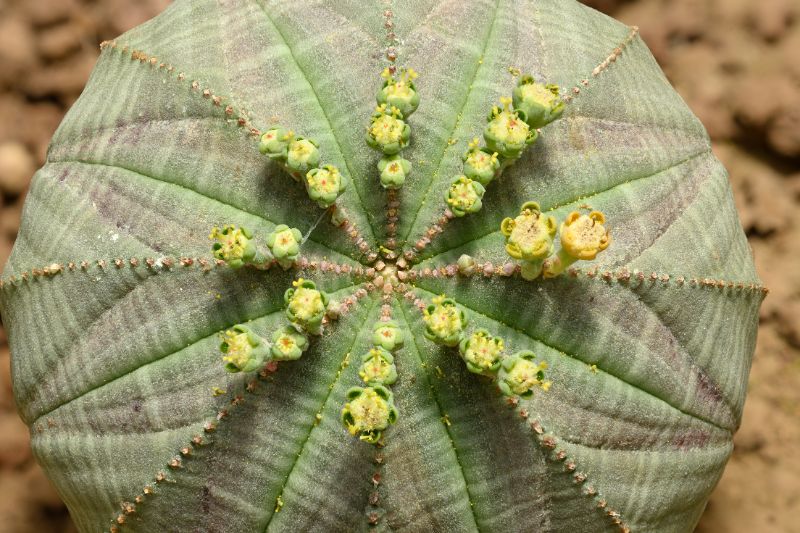
It can surprise people to find out that this popular yard plant is endangered. After all, it is easy to go and purchase from a local home goods store.
However, the issue is that its wild habitat is being destroyed, and not enough conservation care has been taken to replace the ones poached or collected for commercial stock.
In fact, even the ones you find in the grocery store aren’t cultivated — they’re harvested from the wild.
9. Green Pitcher Plant
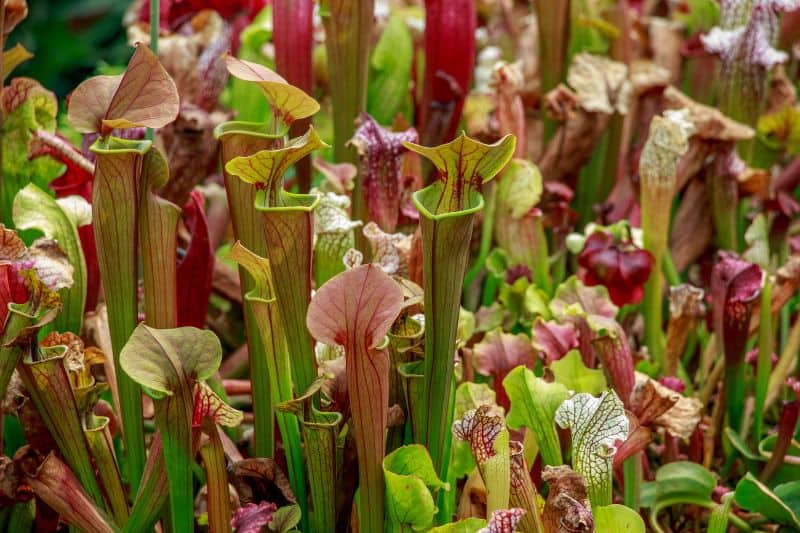
This one is carnivorous like the Venus Fly Trap. But like the counterpart, Green Pitcher Plant has never caught the attention of many people, so it isn’t as famous as the Venus Fly Trap.
The plant is native to the American South, and is an herb. It is valued in gardens to help protect other plans from insects. Over-development has been the major cause of its disappearance as they grow in groves and don’t do well as single plants.
10. Welwitschia Mirabilis
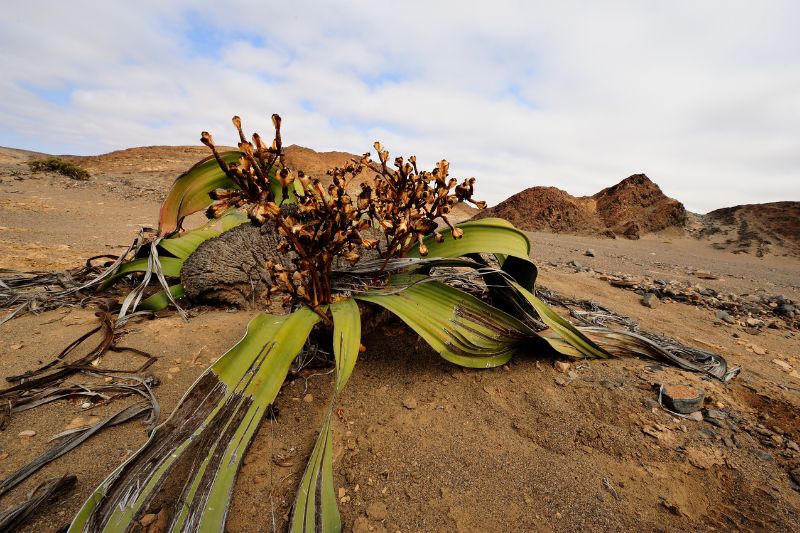
Native to the deserts of South Africa, this is a 2 leaf plant. The leaves grow in length and tangle as the plant ages.
The known specimens are estimated to be over a thousand years old, and can get so large they can cover a 6 foot square area. They were destroyed as a part of land development, and climate change is slowly getting rid of the last of these plants.
11. Snowdonia Hawkweed
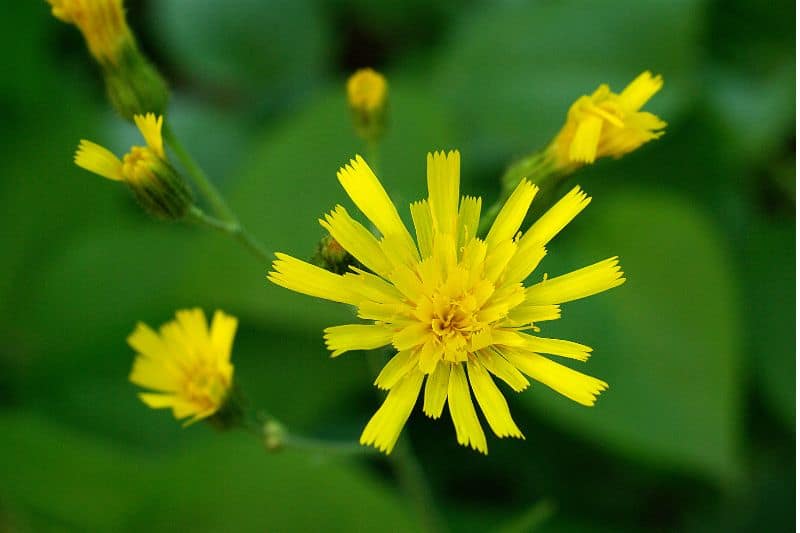
Once thought to be completely extinct, seven small groups of this plant were spotted growing in Snowdonia in 2002. It is considered to be one of the rarest plants on earth. Snowdonia is located in Wales.
12. Rafflesia
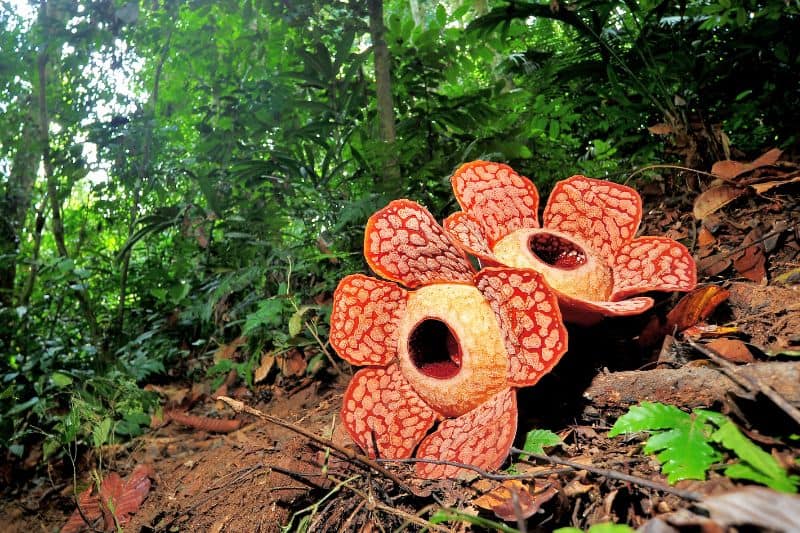
Another flower noted for the size of its stench, it also boasts some of the largest petal flowers in the world, comparable to the size of a small chair. It can be confused with the Titan Arum as it is also known as a Corpse Flower.
This flower has an unusual popularity with collectors. Poaching, collecting, lack of conservation and destruction of its natural habitat is speeding its disappearance.
13. Titan Arum
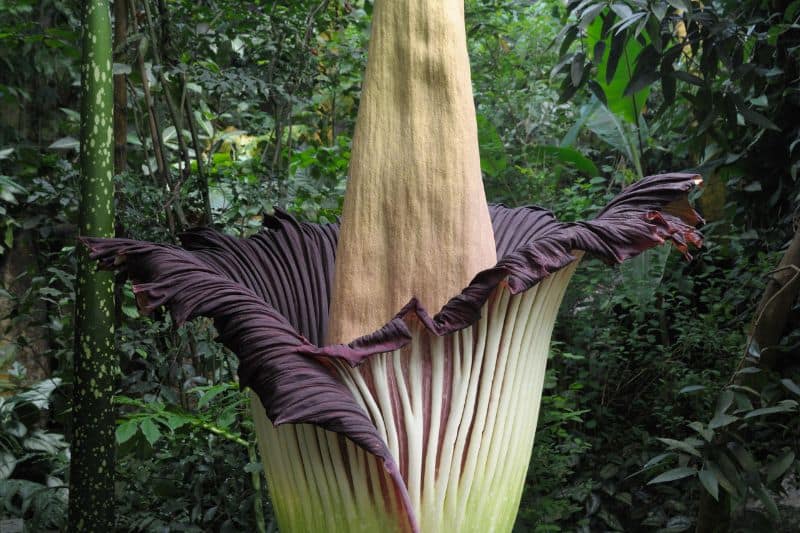
Also known by the less politically correct name of “titanic penis,” it is the world’s largest flower. Growing in Sumatra, it also is known as having the biggest inflorescence of all the flowers on earth. Its common name is the Corpse Flower for its unique and overpowering stench.
14. Black Bat-Flower
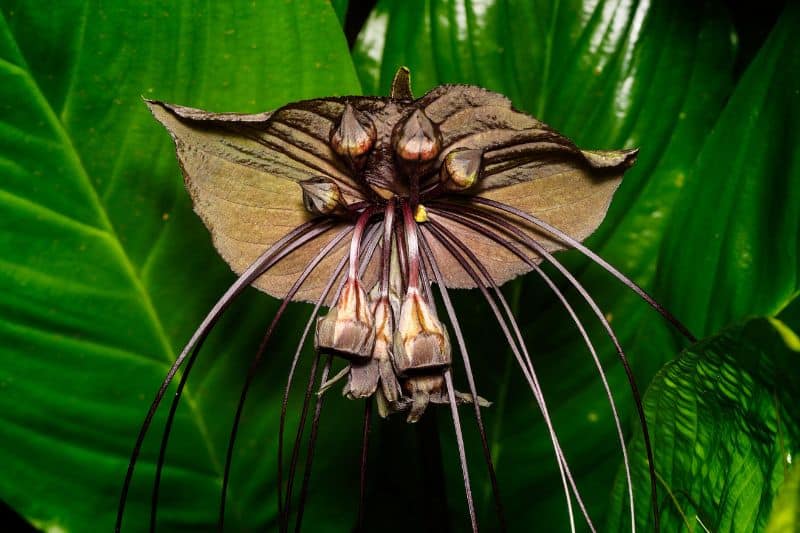
Proper name – Tacca Chantrieri, was poached and collected to near extinction. The blossoms of the flower are large, reaching almost a foot in diameter. The velvety petals are surrounded by a whisker like froth that can reach to the ground.
15. Dendroseris Neriifolia
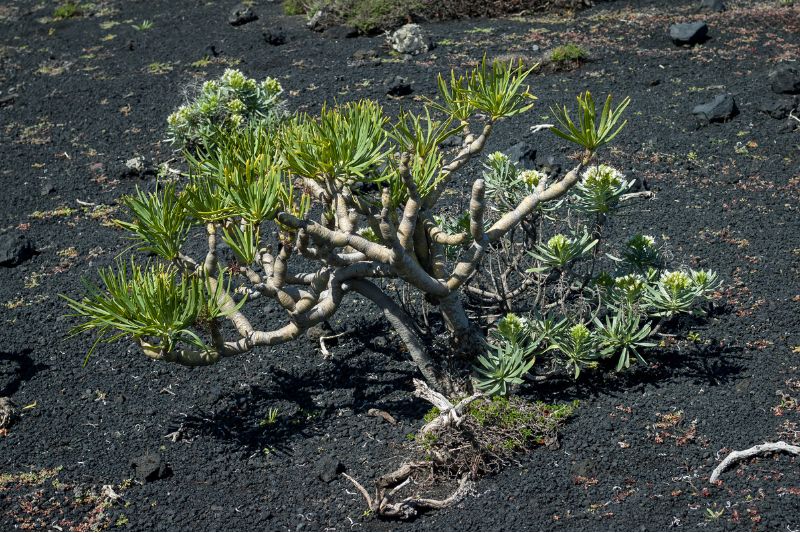
Also known as the Chile Plant, this plant is native to Chile, but has nothing to do with the peppers. It is so endangered, there is only one documented plant left growing in the wild. It is a hard plant to conserve as it only grows in this unique biome.
